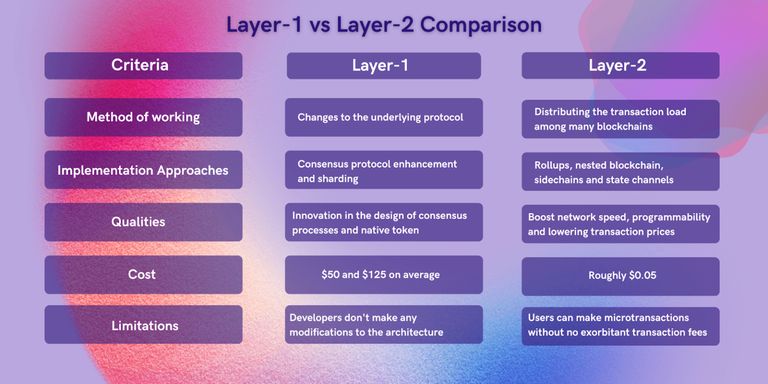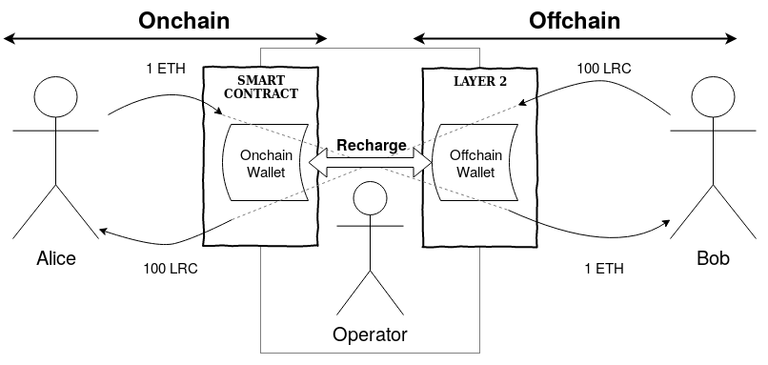Ethereum Layer 2 Development and Rollup Evolution: Vitalik Buterin’s Roadmap

In response to rising discussions on social media regarding the state of Layer 2 solutions on Ethereum, co-founder Vitalik Buterin has outlined a plan to publicly support the more advanced Layer 2 projects starting next year. These projects, primarily focused on rollup technology, aim to enhance Ethereum’s scalability by reducing transaction costs and increasing speed. Buterin emphasized that he will mention these projects regardless of personal affiliations or investments, while offering a brief "grace period" for particularly promising initiatives.
Strengthening Ethereum’s Layer 2 Ecosystem
The primary goal of Buterin's initiative is to improve the security and reliability of Ethereum’s Layer 2 ecosystem, which is largely built on rollup technology. Rollups are designed to process transactions off-chain while posting only essential data to the Ethereum mainnet, significantly improving transaction efficiency and lowering fees.
However, Buterin pointed out that many Layer 2 projects are still in their early stages, relying heavily on what he calls “training wheels,” or mechanisms that allow developers to intervene and manage potential issues manually. His long-term vision for Layer 2 solutions is for them to transition away from these temporary supports towards systems governed entirely by cryptographic trust, minimizing human oversight.

Rollup Maturity: A Three-Phase Pathway
Buterin has proposed a three-phase roadmap to assess and guide the maturity of rollup projects, based on the level of manual intervention versus automated, cryptographic systems. These phases reflect the growing autonomy of the technology, with each stage reducing reliance on human control.
Phase 0 – Training Wheels in Place: Currently, many rollup projects are in this phase, where multisignature (multisig) wallets play a crucial role. A multisig setup allows a group of signatories to approve or veto system changes, effectively bypassing full reliance on cryptographic proofs. This approach enables rapid intervention in case of bugs or system errors, but poses a security risk if overused. In this phase, rollups are functional but not yet fully reliable.
Phase 1 – Basic Cryptographic Proofs: In this stage, rollups are required to implement fraud or validity proofs, which ensure that off-chain transactions are legitimate before being posted to the Ethereum blockchain. Fraud proofs are particularly used in Optimistic Rollups, where transactions are assumed valid unless proven otherwise. Phase 1 marks the point where Buterin believes projects should receive public acknowledgment. Although multisig overrides still exist, they are regulated by stringent rules, such as needing 75% consensus from signatories, with at least 26% being independent from the core development team.
Phase 2 – Full Automation and Trustlessness: The ideal final stage for rollup development is Phase 2, where no human oversight can alter the rollup's state. In this phase, decisions are made entirely by code, with cryptographic guarantees ensuring the integrity and security of transactions. The community generally views this phase as the ultimate goal for rollup technology.

Industry Readiness and New Standards for Rollups
Several rollup projects are reportedly nearing Phase 1 by the end of the year, according to Buterin. However, he has stressed the need to maintain security measures such as multisig setups until cryptographic proof mechanisms are fully reliable. Despite no major issues with multisigs so far, the Ethereum co-founder believes the industry should move toward a future where code, not humans, makes final decisions.
Community reactions have been generally supportive, although Buterin’s proposal comes amid a period of tension. Some in the crypto space have criticized him for perceived hypocrisy following his recent sales of 950 ETH, valued at approximately $2.28 million. Buterin’s wallet, which held 3,800 ETH (around $9.8 million in value), executed these sales in small batches, leading to public scrutiny. He later clarified that the sales were part of a series of donations.
Conclusion: Moving Toward a Trustless Future for Ethereum Layer 2
Vitalik Buterin’s initiative aims to guide the Ethereum ecosystem toward more secure, scalable, and automated Layer 2 solutions. By setting clear benchmarks for rollup maturity and emphasizing cryptographic trust over manual intervention, Ethereum’s co-founder is driving the ecosystem toward a future where Layer 2 projects operate with minimal human oversight, ensuring greater reliability and security for users.
This roadmap will likely push developers to innovate and improve their rollup technologies, while investors and users benefit from an increasingly robust and decentralized Ethereum network.
Sending love and curation Ecency vote. keep giving the best♥️
Follow Eceny's curation trail to earn better APR on your own HP.